1. Mirrors as Portals to Other Worlds
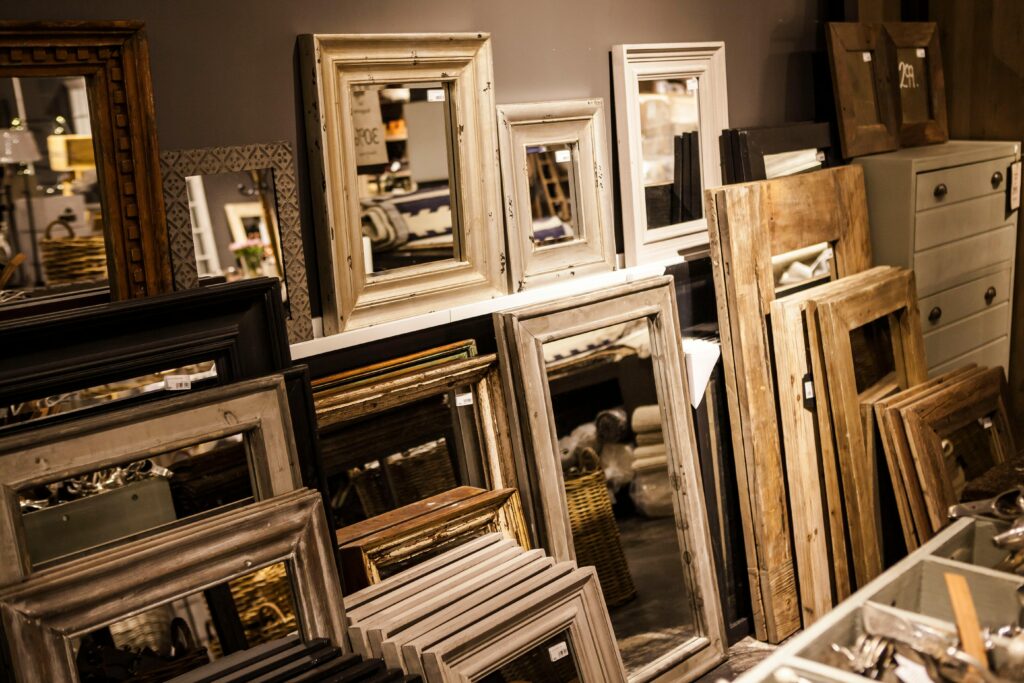
For centuries, people have whispered that mirrors aren’t just for reflection—they’re windows to something else. Some believe they act as portals, allowing spirits or entities to move between realms when the boundary between worlds is thin. This idea likely came from old superstitions about seeing ghosts or loved ones in reflective surfaces. It’s why certain cultures cover mirrors after someone dies, fearing the soul might get trapped inside.
Even today, you’ll find people who get uneasy walking past a mirror in the dark, convinced that something unseen might be peering back. Paranormal enthusiasts even conduct mirror rituals during specific moon phases, hoping to “see beyond.” Whether you think that’s silly or spooky, there’s something about that glossy surface that feels almost alive when the lights are low.
2. Mirrors Stealing Souls

The belief that mirrors can steal your soul dates back to ancient times. In some cultures, people feared looking too long into a mirror because it might capture a piece of their essence. This is why early photographers covered mirrors during death rituals or funerals—to prevent the deceased’s soul from becoming trapped.
Even now, some folks instinctively turn mirrors to the wall during times of mourning. The idea that your reflection might hold part of your spirit is unsettling, and it makes people wonder if breaking a mirror is more than just bad luck. Maybe, in some strange way, it really does shatter a piece of you.
3. The Seven Years of Bad Luck Curse

Breaking a mirror is one of those superstitions that everyone seems to know. The “seven years of bad luck” legend supposedly started in ancient Rome, where mirrors were thought to reflect not just your appearance but your soul. If you damaged one, your spirit would need seven years to heal.
Even in modern times, people wince when a mirror slips and cracks. It’s almost reflexive, that tiny jolt of panic followed by a quick knock on wood. It doesn’t matter if you’re rational—some part of you still wonders if you’ve doomed yourself to a rough patch.
4. Seeing the Future in a Mirror
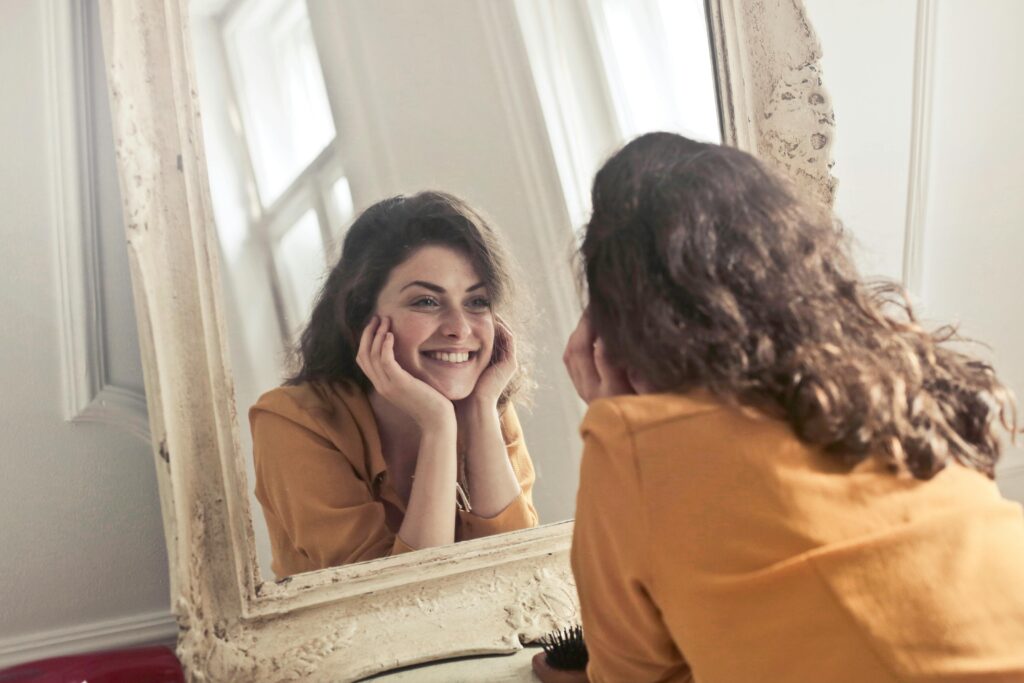
The idea that mirrors can predict the future has been around for hundreds of years. In Victorian times, young women performed rituals by staring into mirrors at midnight to catch a glimpse of their future husbands. Others used mirrors during Halloween or Samhain, when the veil between worlds was believed to be thinnest.
Some people still play variations of these games, hoping for visions or signs. The practice might sound harmless, but stories abound of participants who saw something terrifying instead—dark figures, distorted faces, or nothing at all when they should’ve seen themselves.
5. Mirrors in Bedrooms Invite Spirits

Many feng shui practitioners warn against placing mirrors in bedrooms, especially facing the bed. The theory is that mirrors reflect energy, and when you’re asleep, that energy can disturb your rest or attract spiritual visitors. Some say you might even see a ghostly reflection at night.
People who’ve ignored the advice sometimes report nightmares or a strange heaviness in the air. Whether it’s psychological or supernatural, mirrors in dark bedrooms definitely seem to carry a certain chill. Even skeptics admit they’ve covered them after a creepy night’s sleep.
6. Mirrors and Vampires
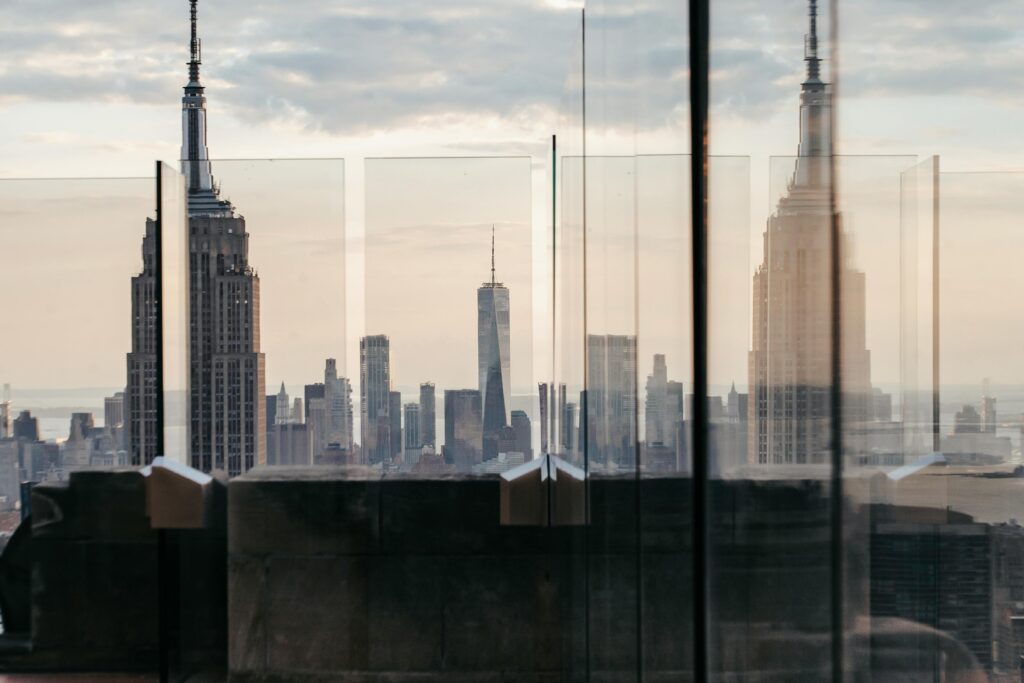
One of the oldest supernatural associations with mirrors comes from vampire lore. The myth says vampires have no reflection because they lack a soul. In older stories, mirrors made of silver were said to repel them, since silver symbolized purity and divine light.
Pop culture has kept this idea alive through countless books and films. There’s something eerie about the concept—imagine standing in front of a mirror with someone beside you, only to realize they’re not reflected. It’s enough to make anyone double-check their own reflection.
7. Bloody Mary and the Mirror Game
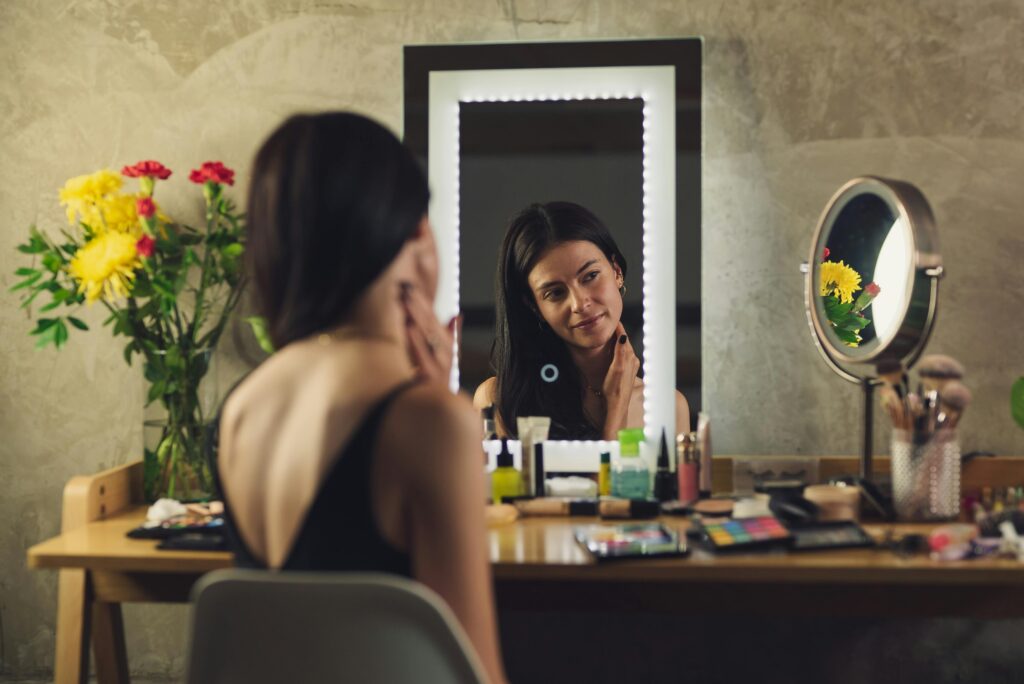
Every sleepover generation has dared each other to summon “Bloody Mary.” The ritual usually involves chanting her name three times in front of a mirror in the dark, hoping (or fearing) she’ll appear. The story changes depending on who’s telling it, but she’s often described as a vengeful spirit trapped in the mirror world.
Kids still try it, half-laughing and half-terrified. And even when nothing happens, there’s always that one friend who swears they saw something move. It’s a simple game that keeps proving how easily mirrors can mess with the mind.
8. Mirrors and Death Omens

In old folklore, seeing a mirror fall by itself was considered a death omen. It was believed to signify that someone in the house would soon die. The mirror, after all, was thought to be sensitive to the presence of spirits or the shifting of energies.
People took it seriously enough to secure mirrors tightly or remove them during illness. Even now, there’s something unnerving about a mirror cracking for no reason. It doesn’t take much imagination to see it as a bad sign.
9. Mirrors That Trap Spirits

Many ghost stories center on mirrors that seem to “hold” spirits within them. Paranormal investigators often talk about mirrors in haunted houses that give off strange energy or reflect shadows that aren’t really there. Some claim that when you move such a mirror, the haunting follows it.
That’s why in old houses, certain mirrors are left untouched. Some people won’t even buy antique mirrors, afraid they might come with an unwanted guest. There’s a lingering sense that a mirror can remember what it’s seen—and who it’s seen.
10. Mirrors and Doppelgängers

Seeing your own double in a mirror—especially one that doesn’t move when you do—is a terrifying thought. The idea of the mirror “self” acting independently has fueled ghost stories and horror films for decades. Some believe that’s your doppelgänger, a bad omen or even a harbinger of death.
Psychologists might explain it as a brain glitch or optical illusion, but that doesn’t make it less eerie. There’s something primal about that fear—the sense that your reflection could one day decide it no longer wants to mimic you.
11. Mirrors During Thunderstorms
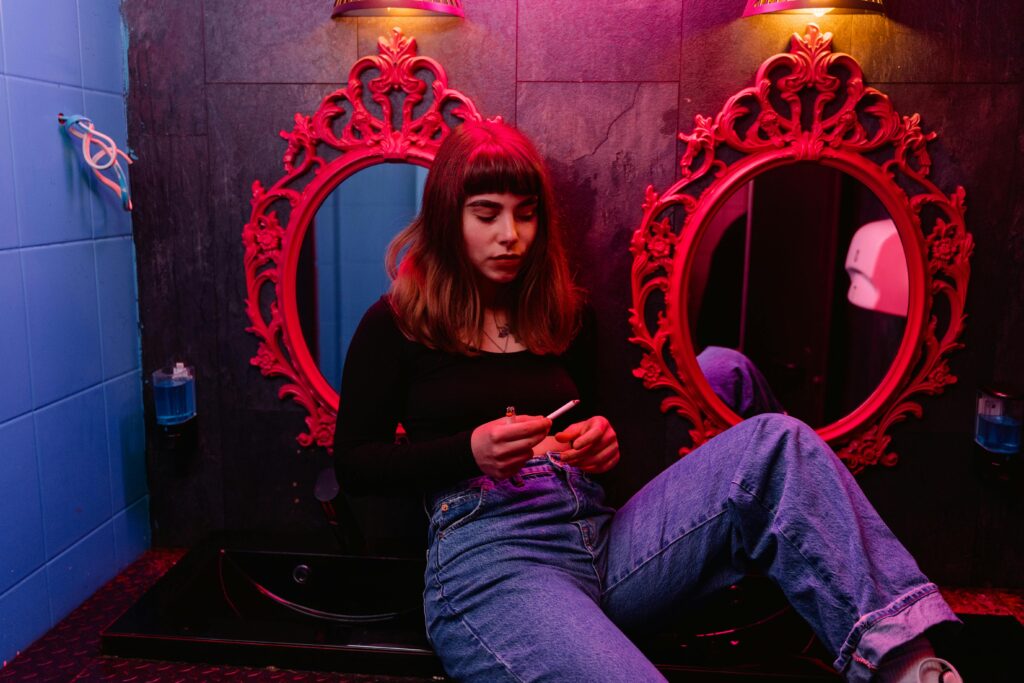
Some folklore warns against looking into a mirror during a thunderstorm. It was believed that lightning could “strike through” the reflection, channeling energy that might attract spirits or curses. Others thought it could show glimpses of your future death.
While there’s no scientific reason behind it, the myth still unsettles people. There’s already something tense about a storm, and staring into a mirror while thunder rumbles outside feels like tempting fate. Most people would rather leave that experiment to someone else.
12. Babies and Mirrors
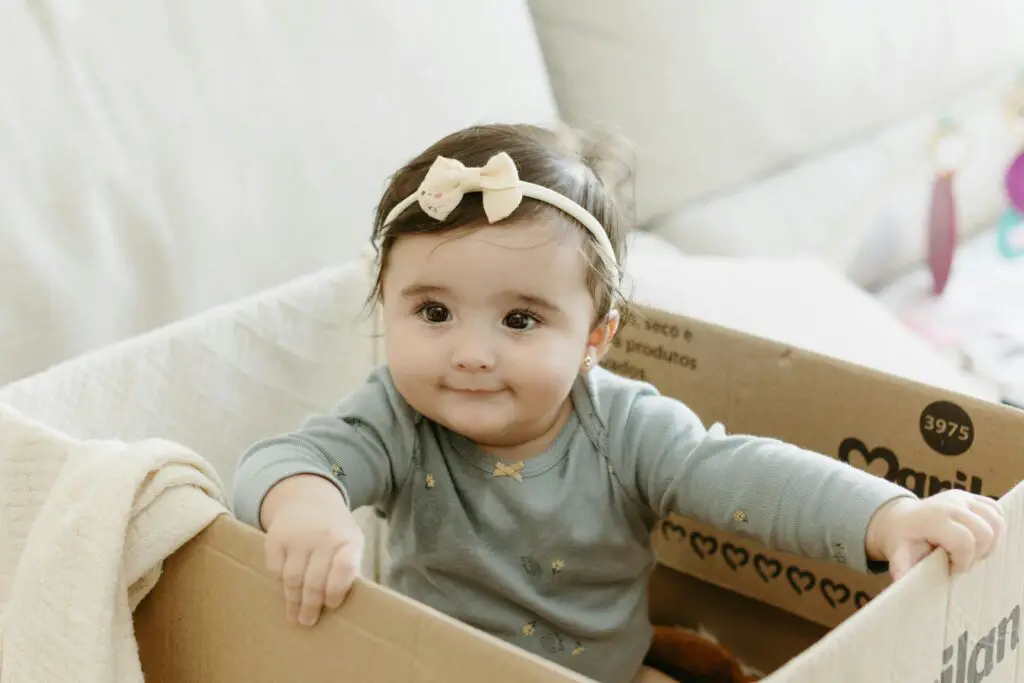
In some cultures, parents were told not to let babies look into mirrors before a certain age. The fear was that it might confuse their developing souls or even invite possession. Early folklore claimed that infants were closer to the spirit world, and mirrors might “call” something to them.
While most modern parents shrug that off, it’s a superstition that lingers in old family stories. Some still avoid mirrors during nighttime feedings, just in case. It’s one of those little rules that sticks, even when you don’t quite believe it.
13. Covered Mirrors After Funerals

It’s a tradition in several cultures to cover mirrors in a house where someone has died. The belief is that the deceased’s soul might become trapped in the glass or that their reflection might appear and frighten the living. Some also say it helps the soul move on peacefully without confusion.
Even people who aren’t particularly superstitious often keep this ritual out of respect. There’s something solemn about a room full of shrouded mirrors—it feels heavy, like the air itself knows something sacred just happened.
14. Mirrors Reflecting the Devil
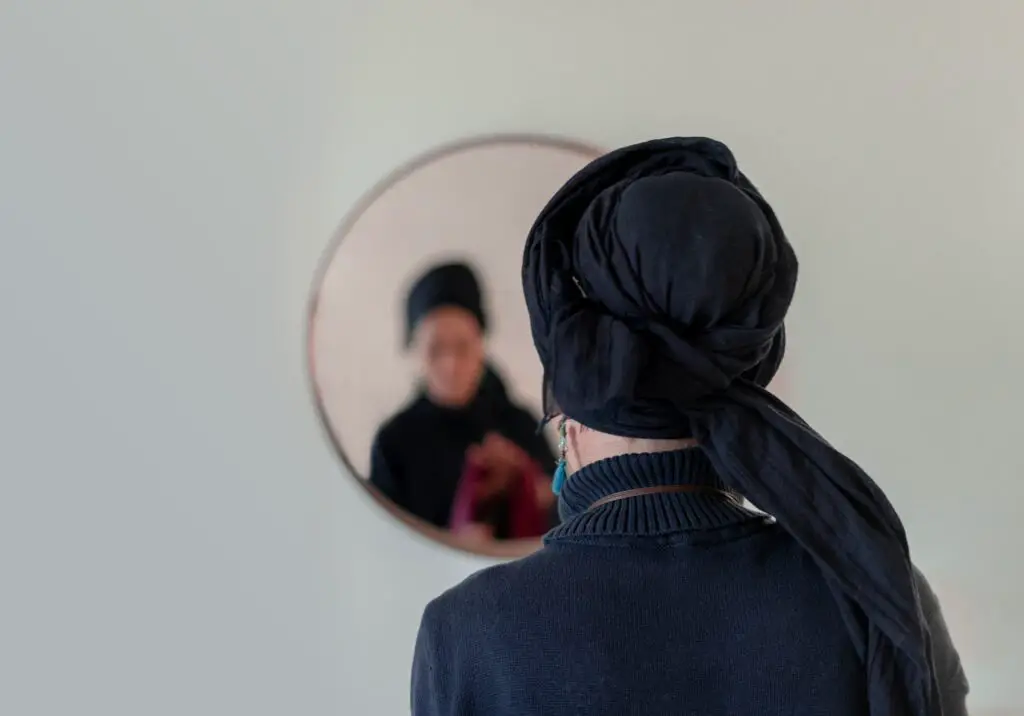
One of the darker myths suggests that mirrors can reflect evil itself. In some Christian folklore, people warned that staring too long into a mirror might invite the Devil to appear or whisper temptation. Mirrors were seen as tools of vanity, which made them spiritually dangerous.
Even centuries later, the link between mirrors and sin still pops up in art and film. From fairy tales like “Snow White” to horror movies, that gleaming surface often symbolizes deceit or pride. Maybe that’s why a mirror’s stare can feel so unsettling—it never looks away.
